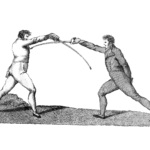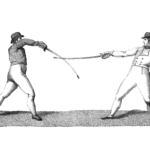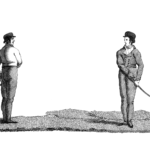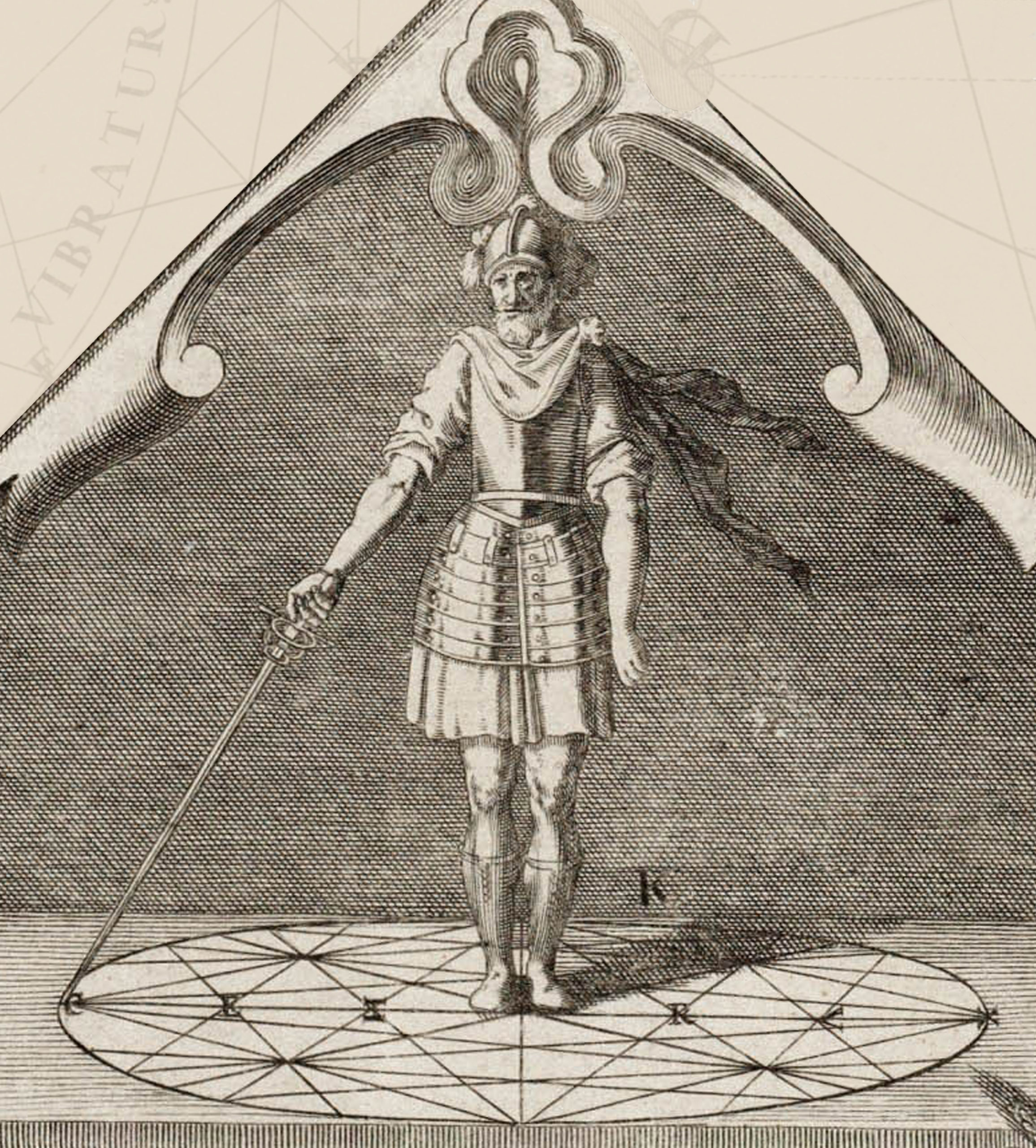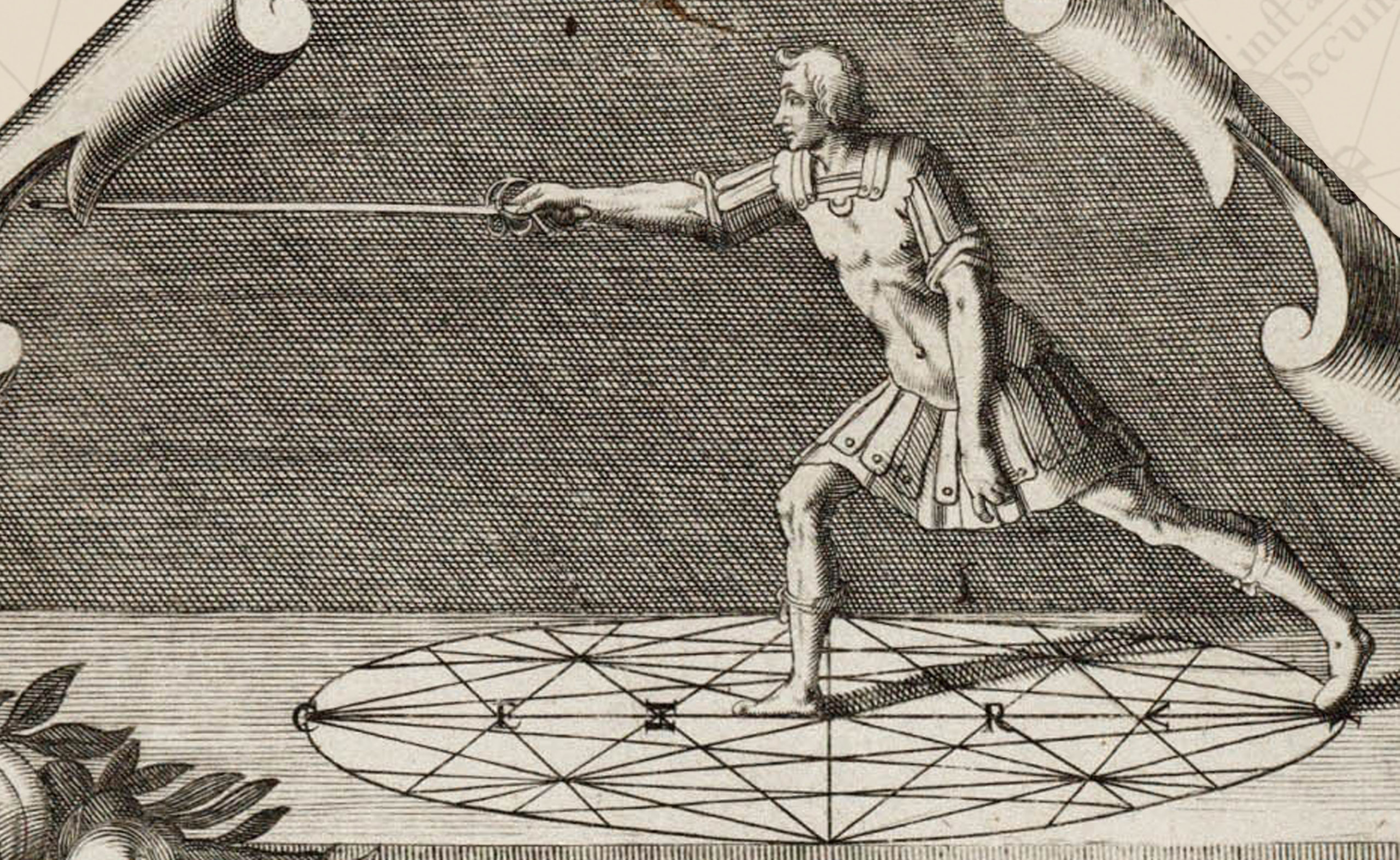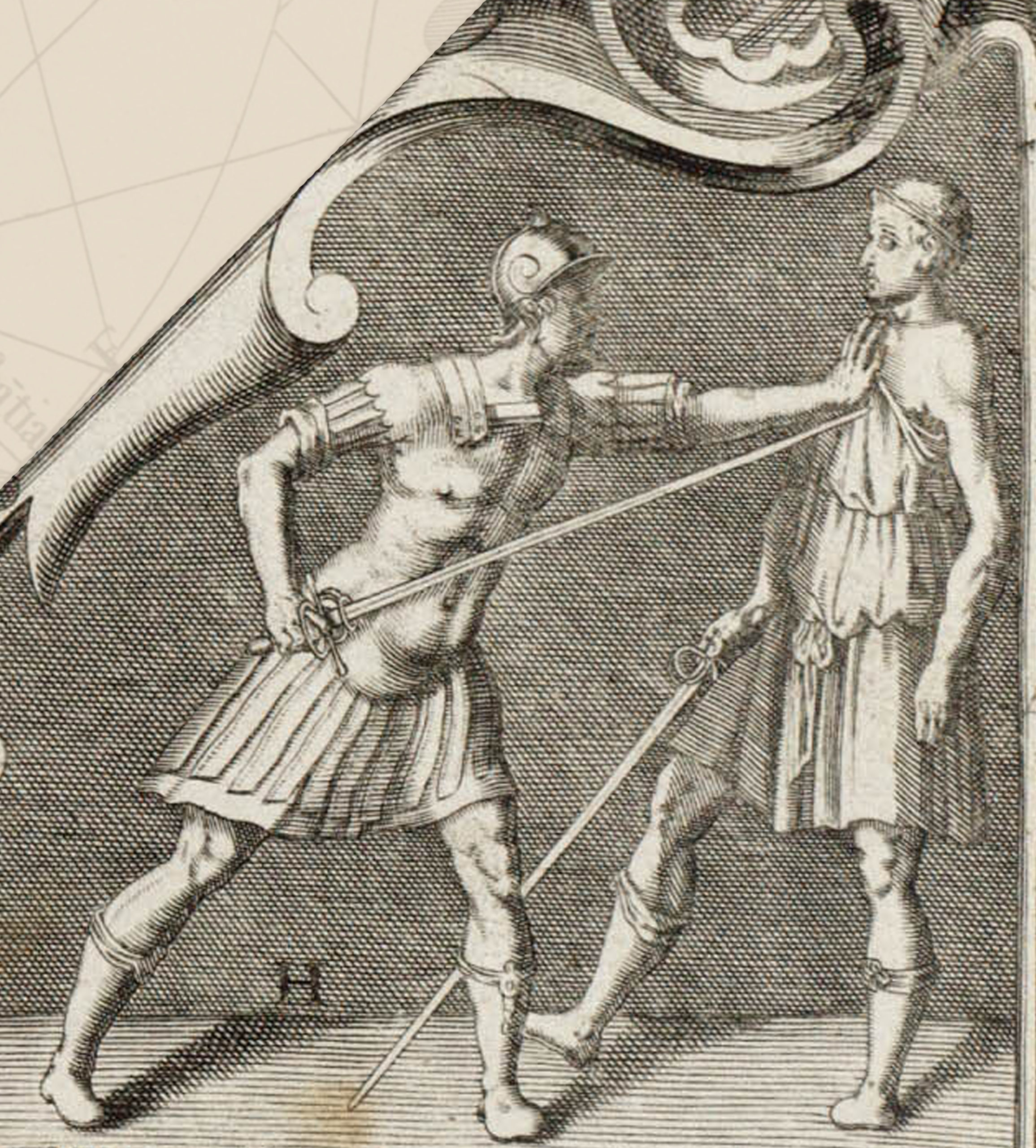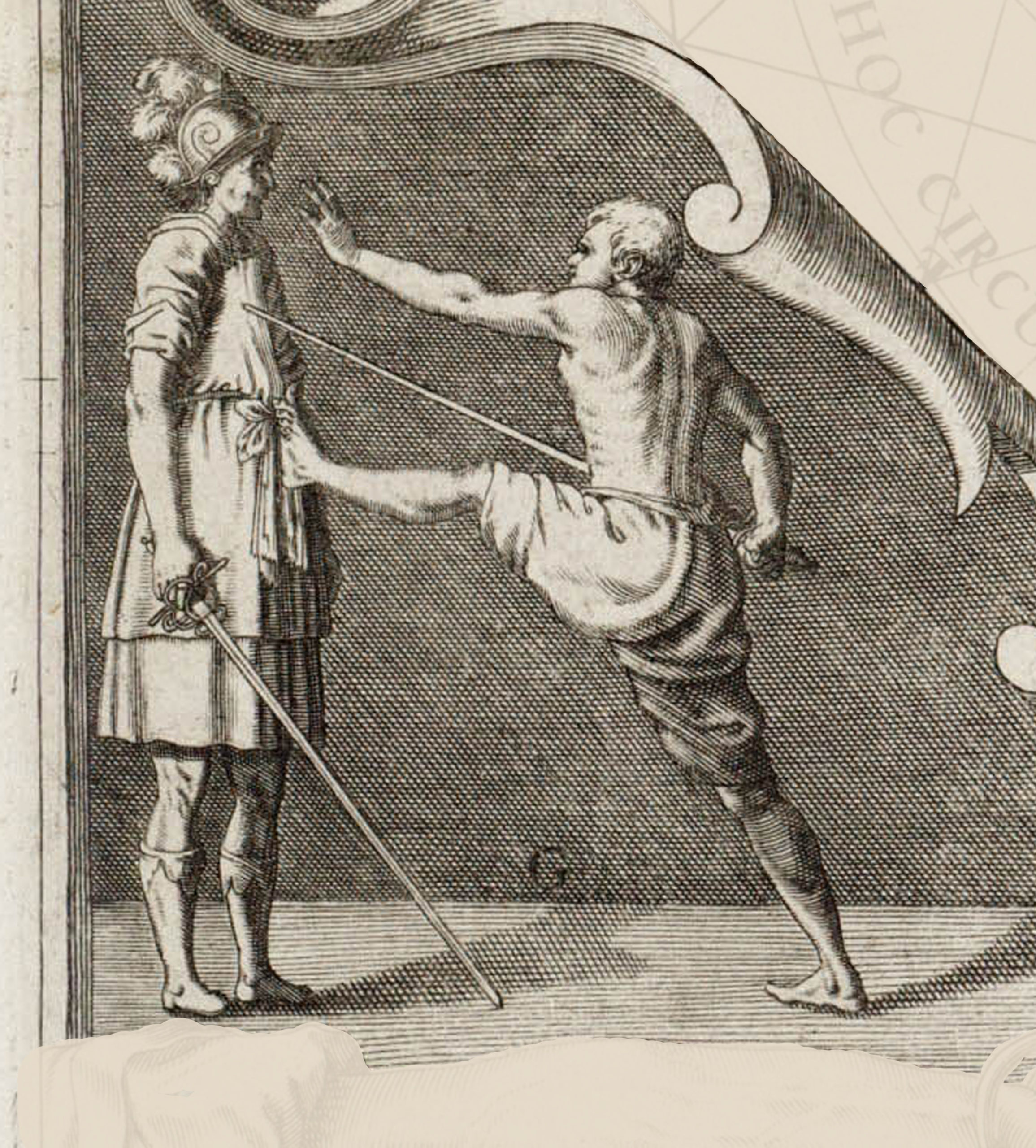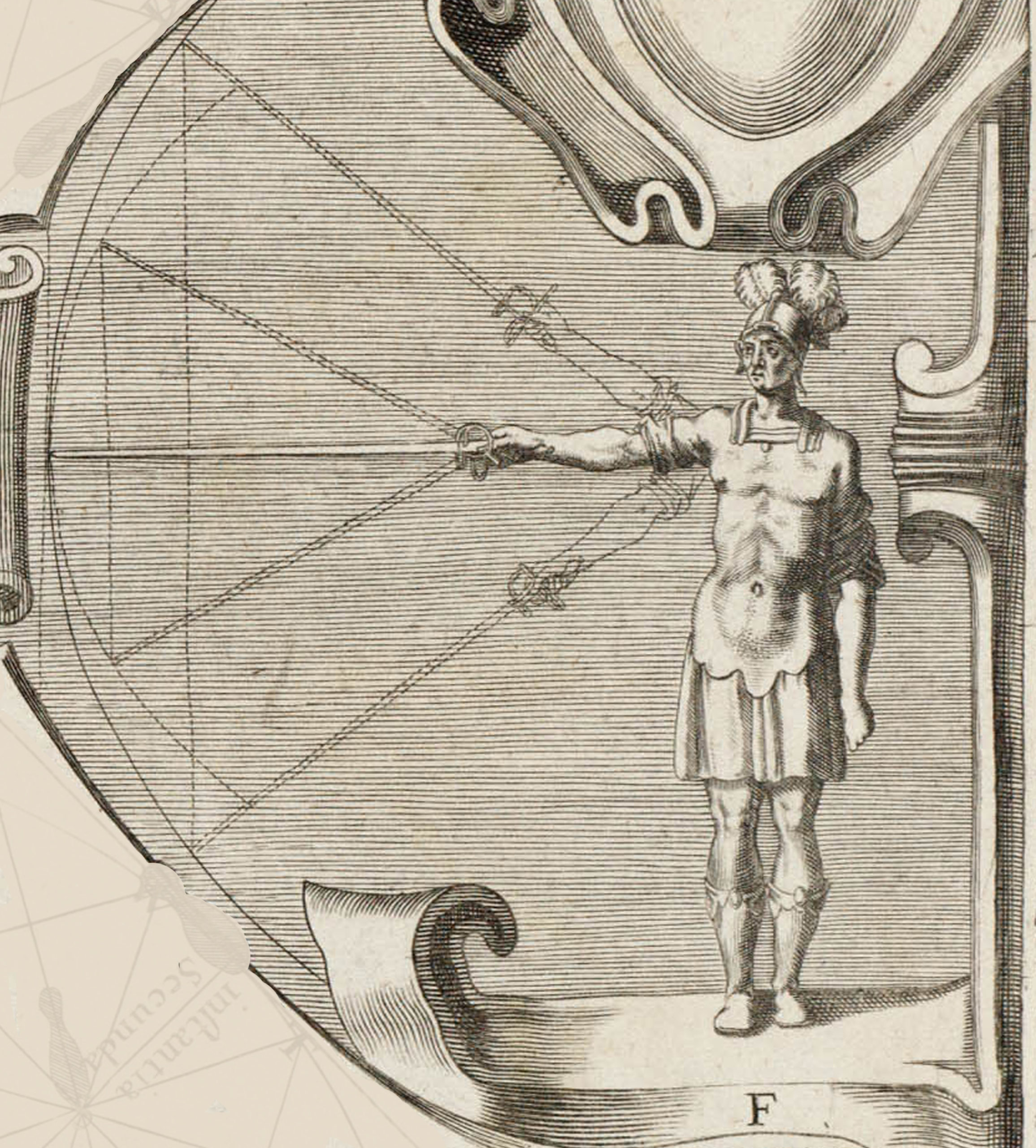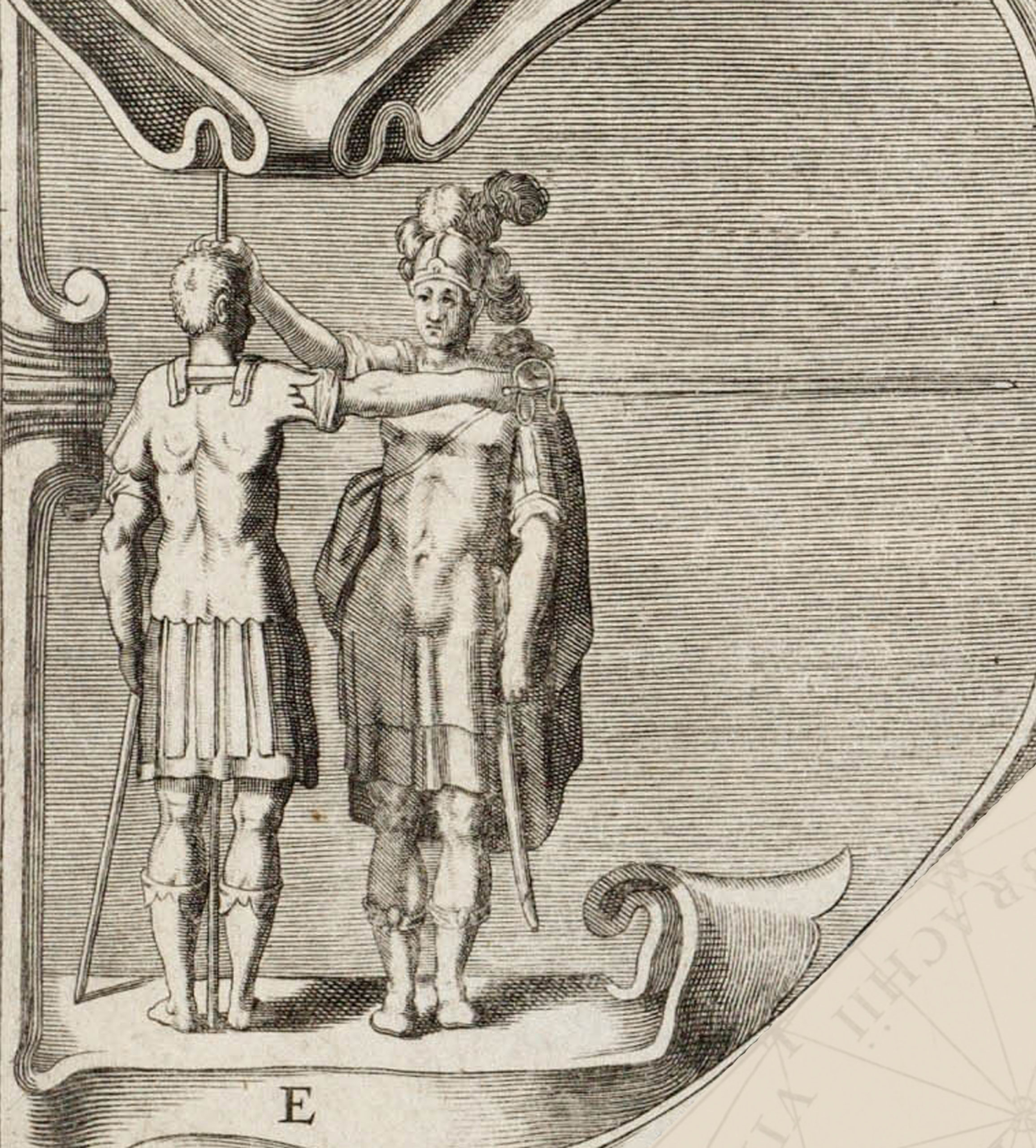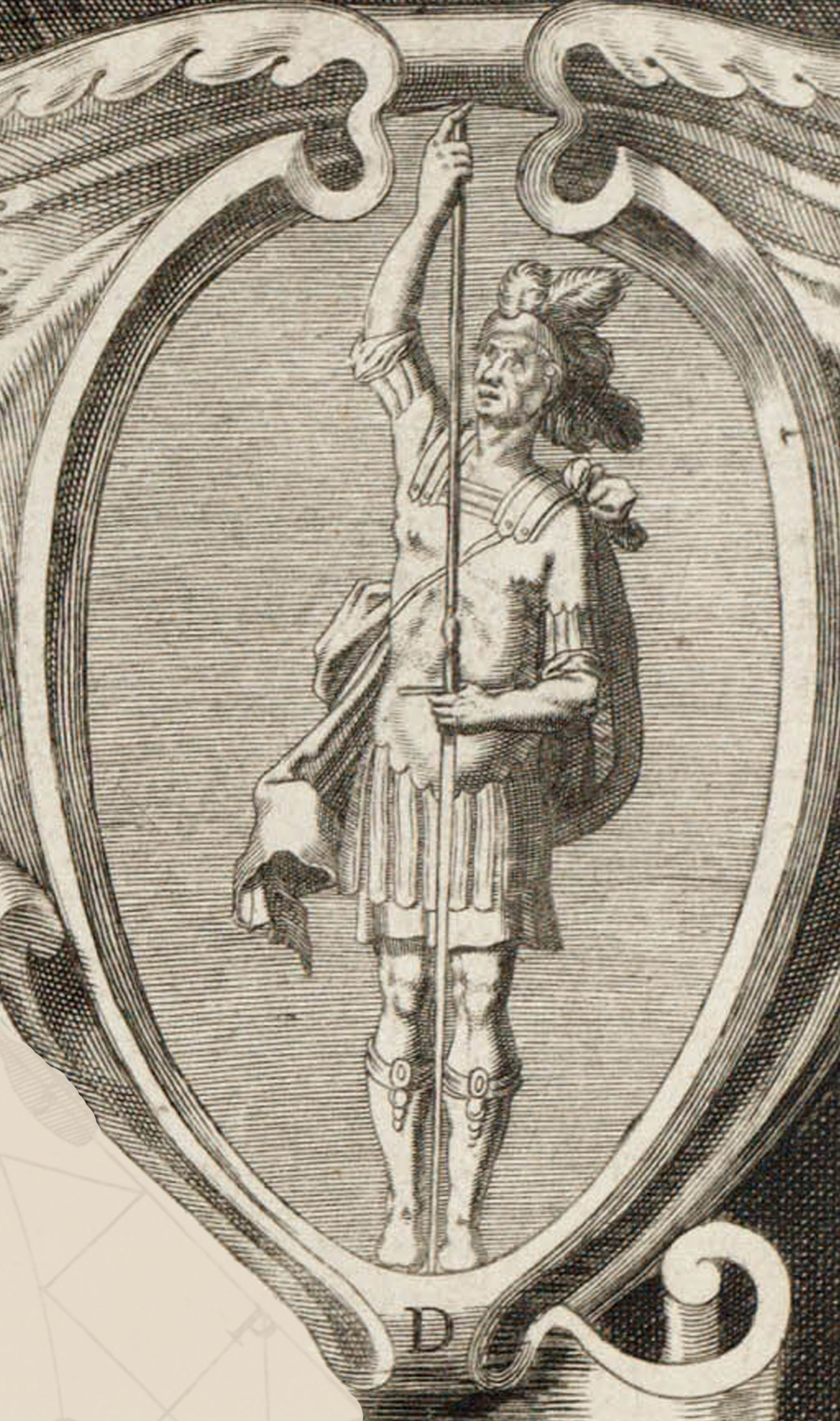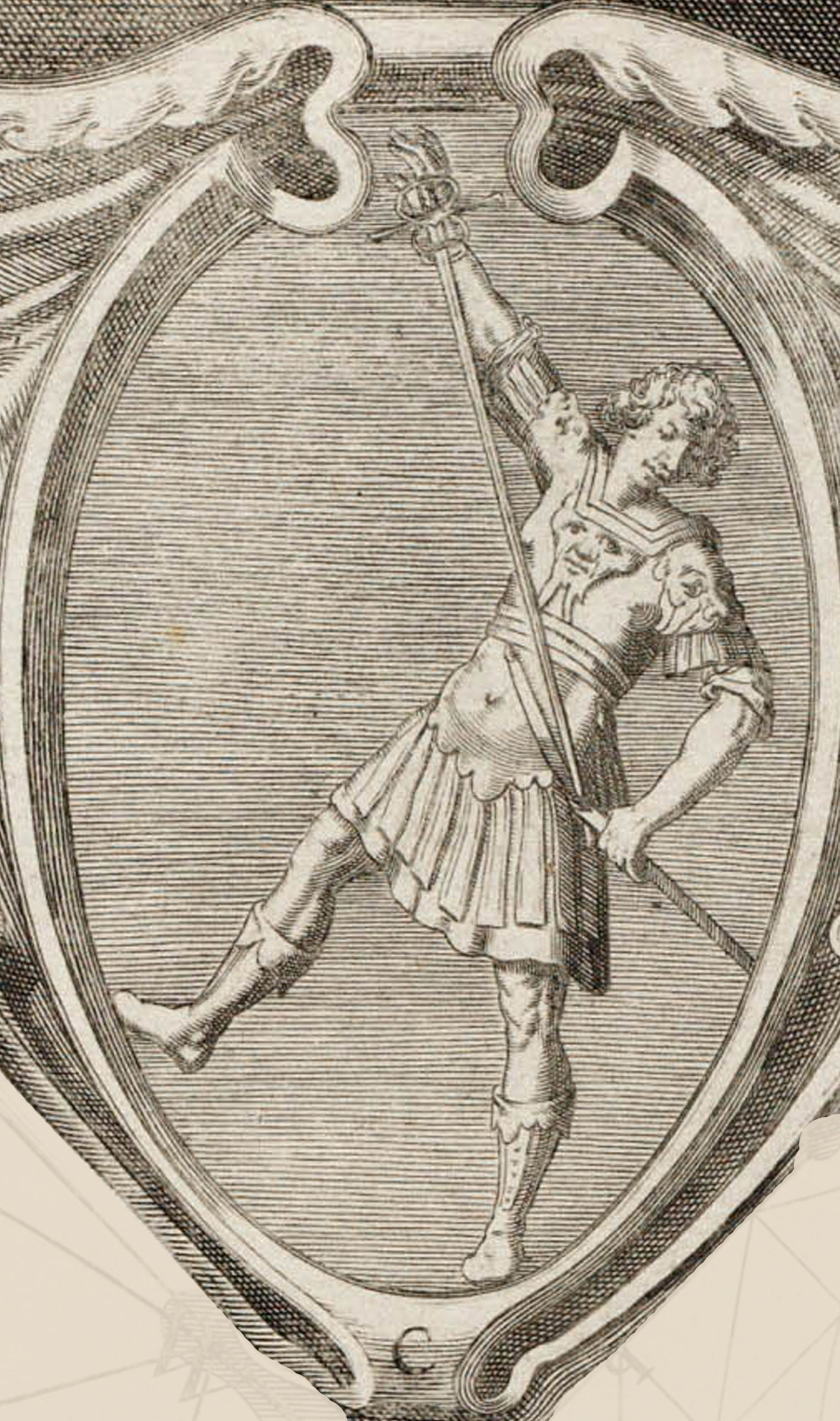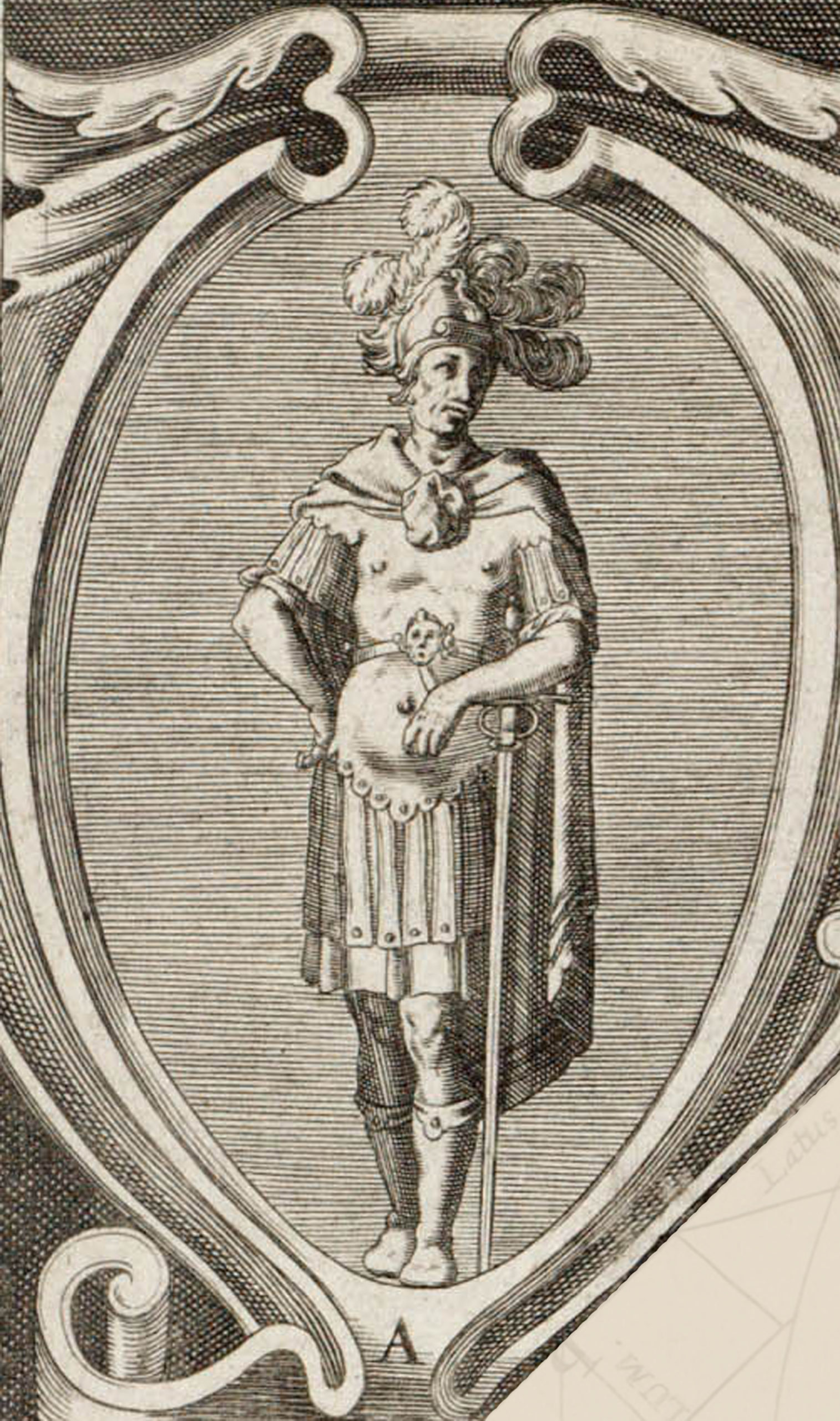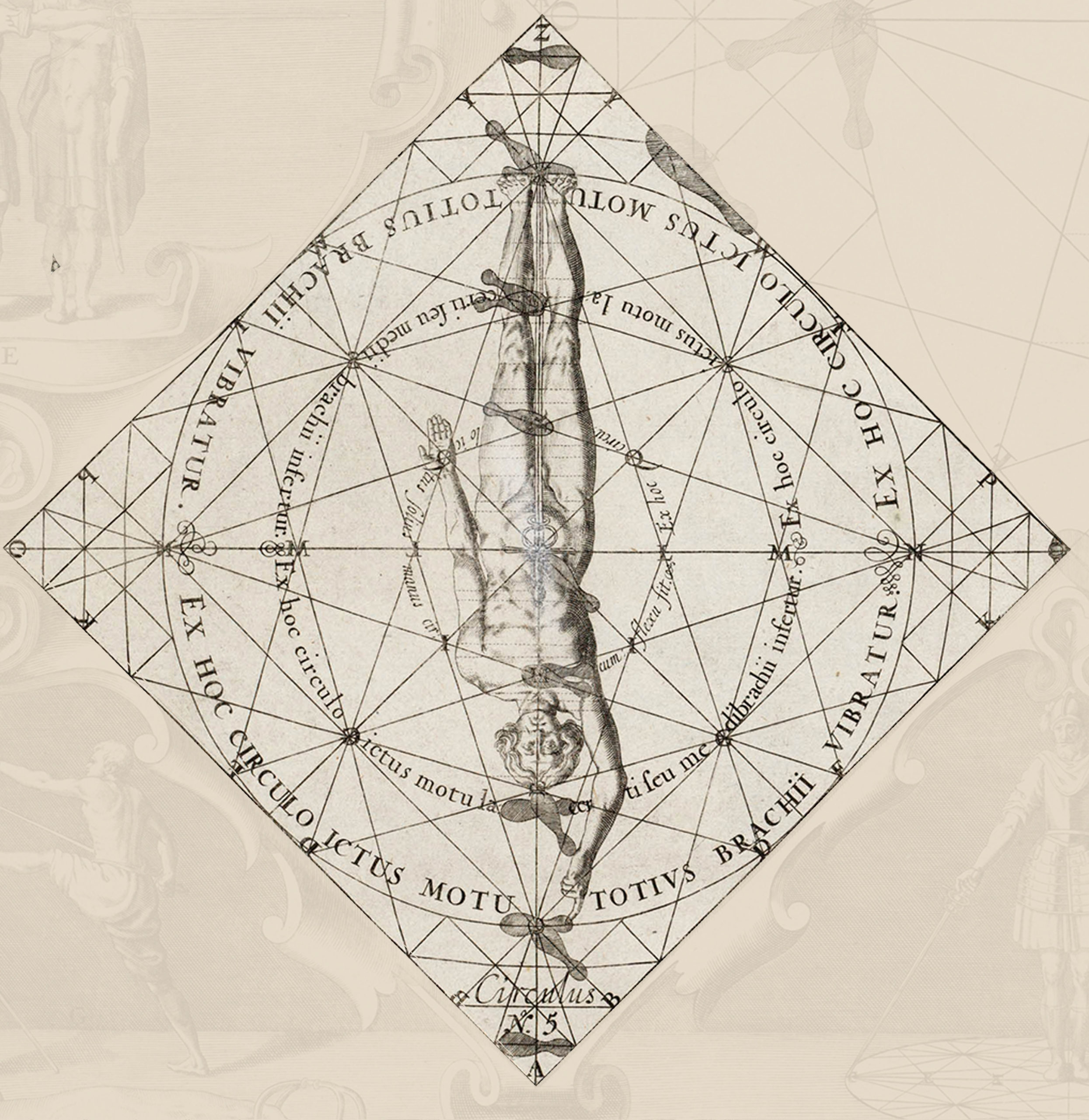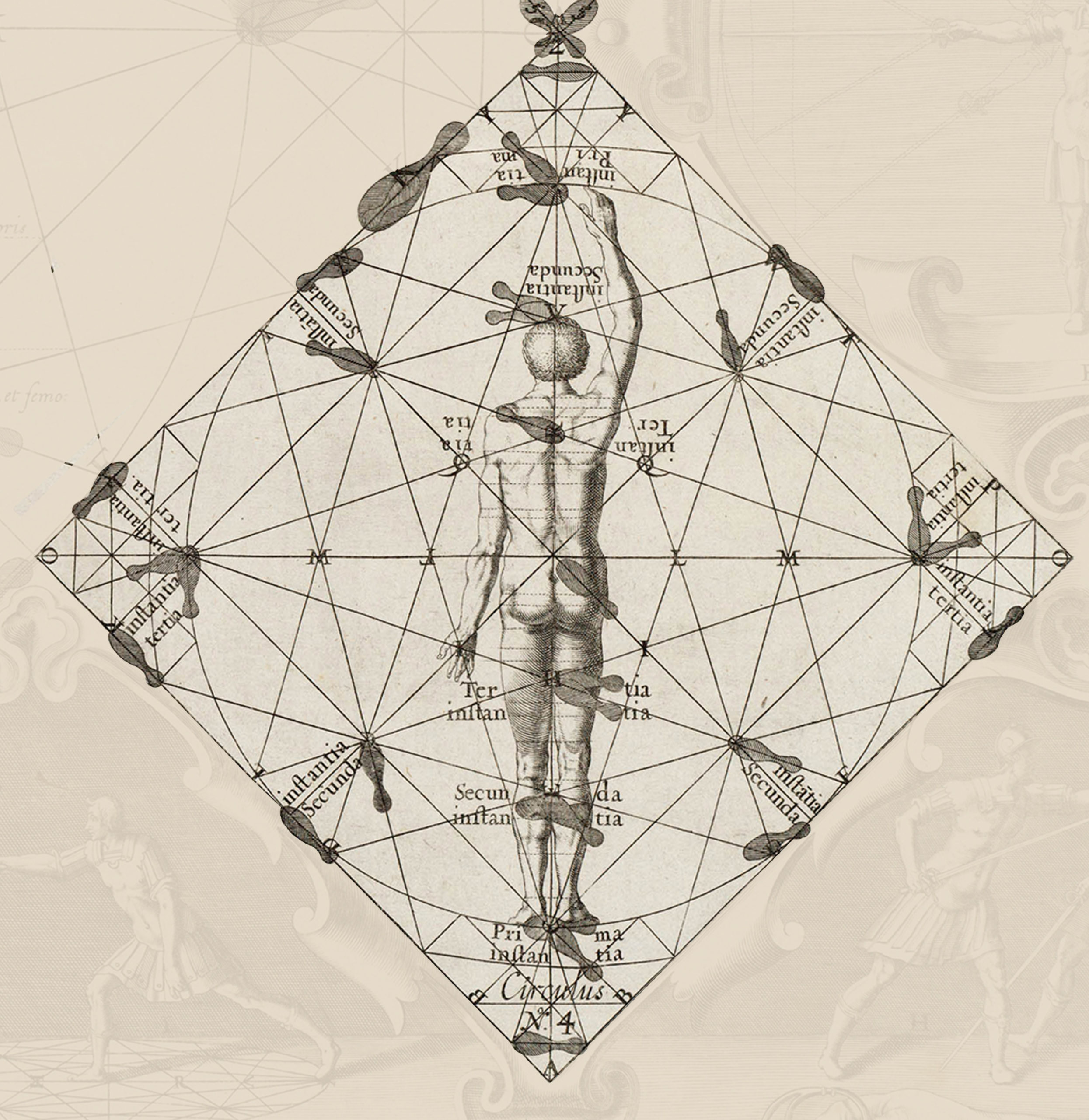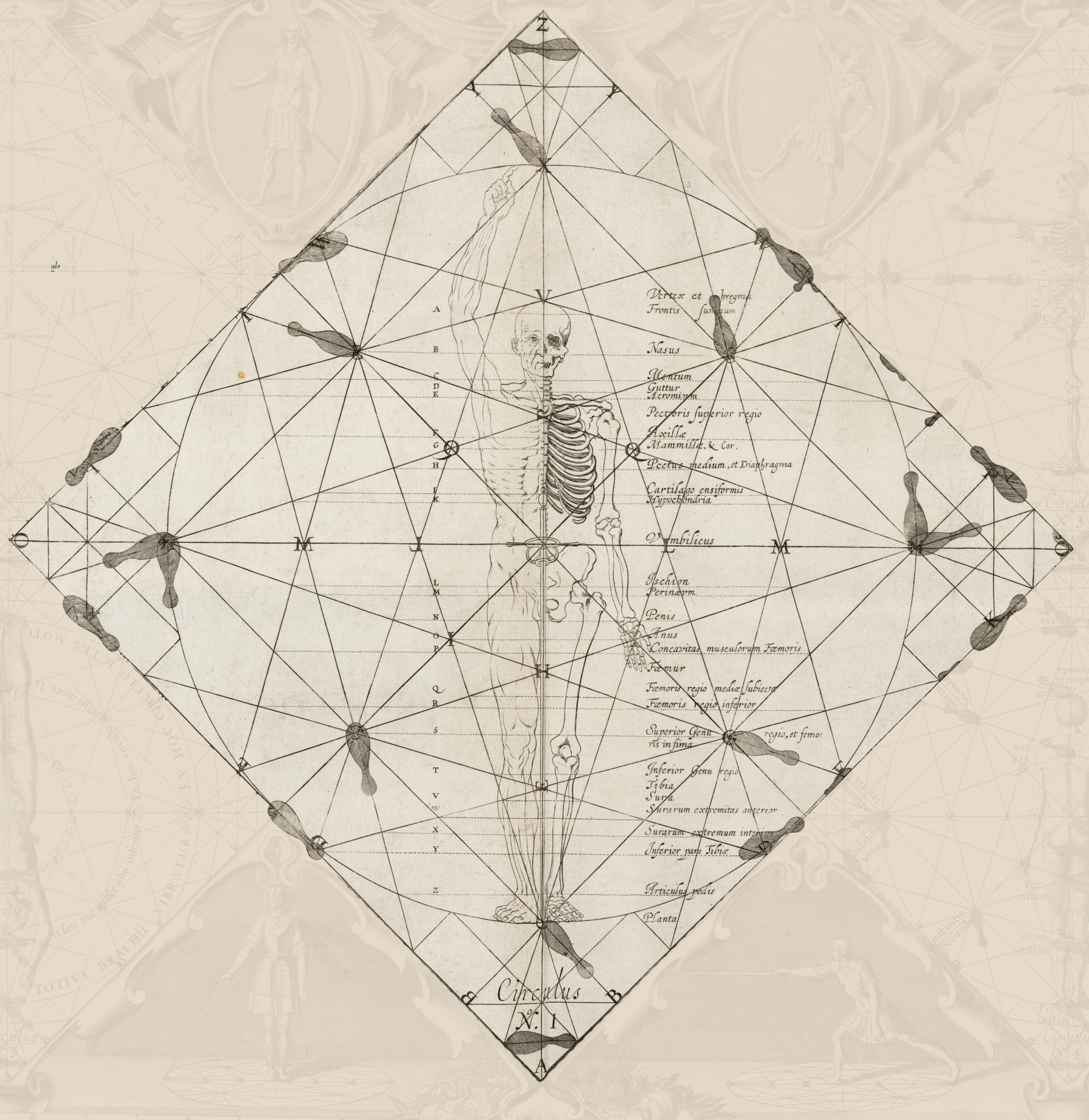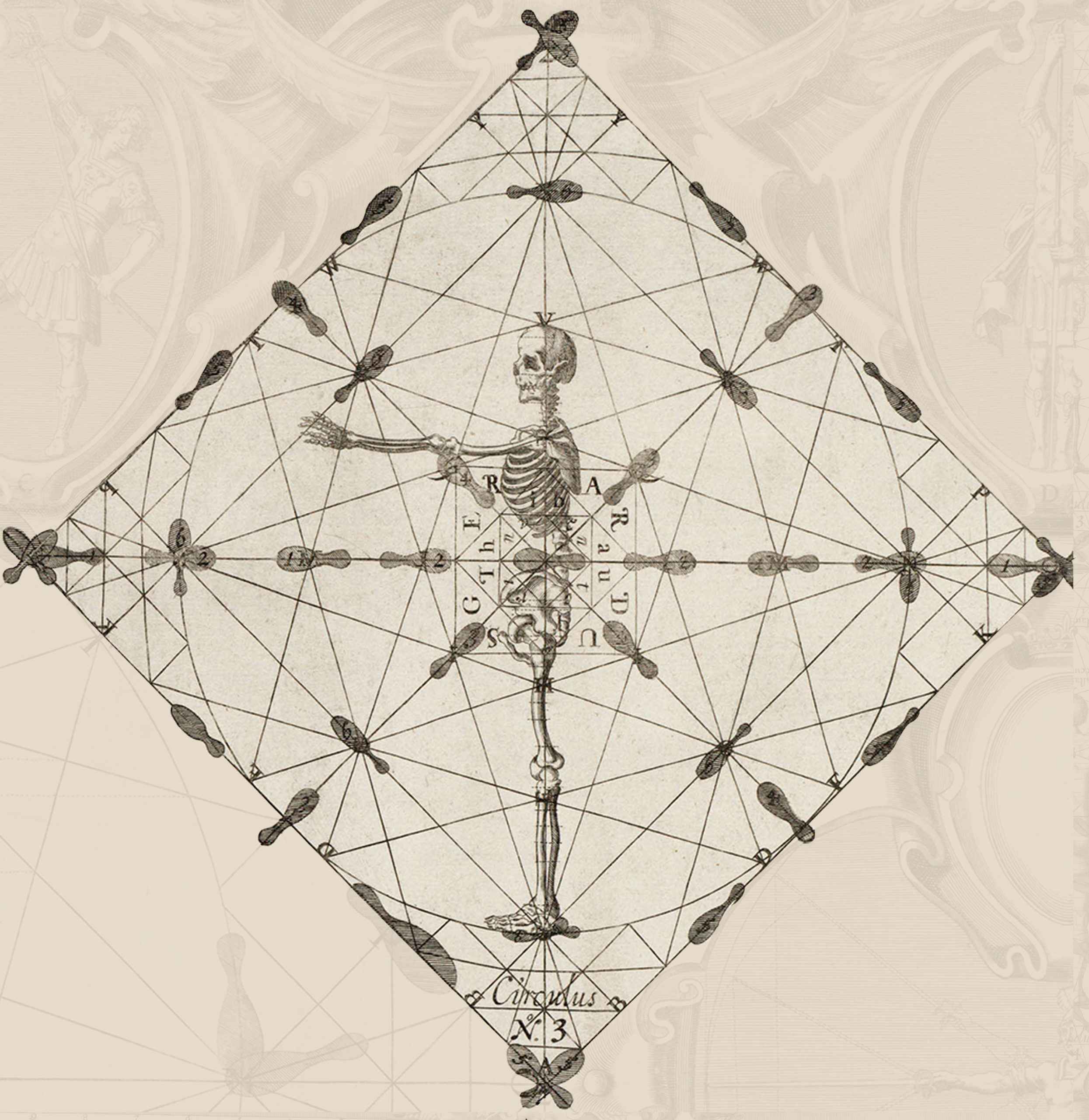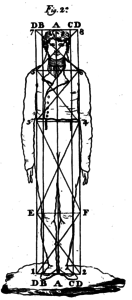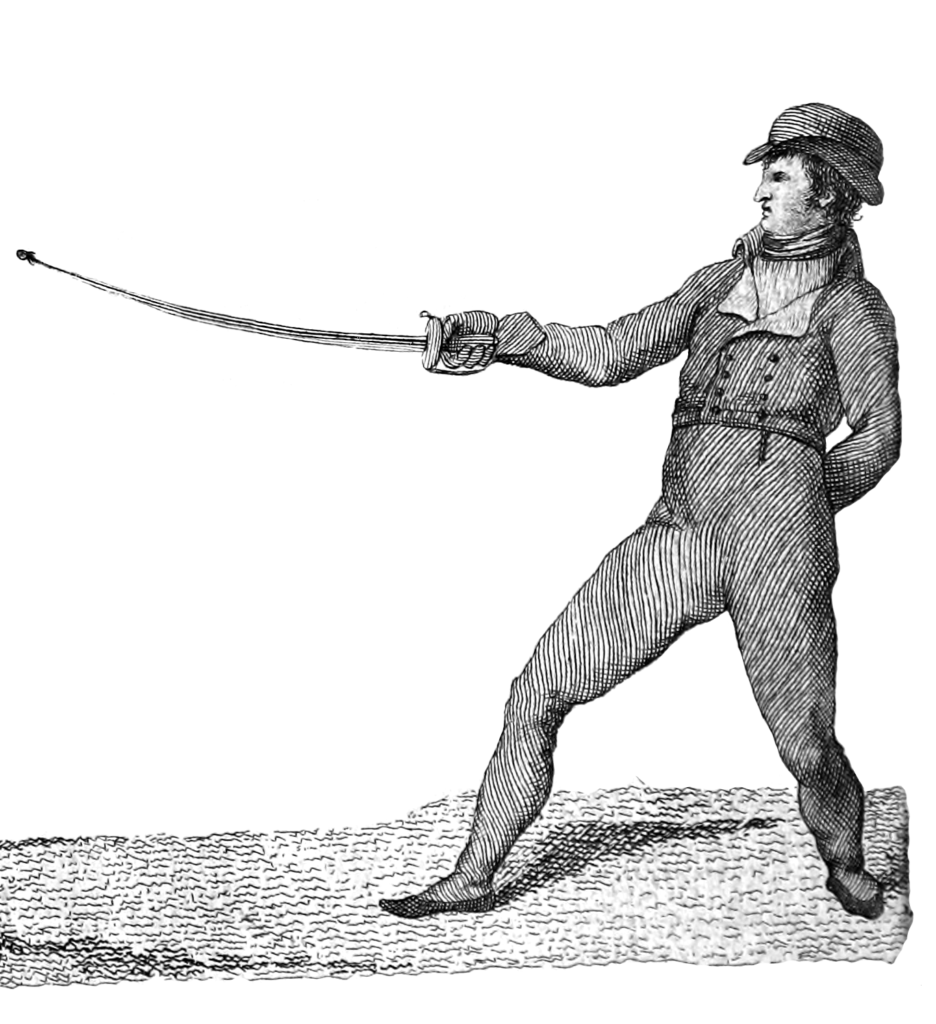298. When I treated of the movements of the arm and sabre, I said that the shots are all divided into formation and execution. The provocations are nothing other than the formation of the shots and these are as important as the executions themselves, requiring some circumstances that, if omitted, would make them fruitless, being that your object is to deceive the attention of the enemy into proceeding to remove an offense that is not to be executed and is only presented to cover this in order to uncover another greater point which is most difficult to guard. It is necessary to convince him that this action is not directed solely to this object, without going to the removal that you are trying to obligate, frustrating your designs and, perhaps, causing a surprise of little advantage, frequently exposed to a dangerous result.
I have rendered Frias’ use of Acometimiento as “provocation” instead of the more literal “attack” or “rush.” I trust that his description in paragraph 298 will make my reasons for that translation as clear to you as it was to me. The word “feint,” I believe would also be a reasonable translation, but, to my mind, that carries a lot of technical baggage that I didn’t want to introduce into this translation.
299. It is, then, necessary to take the greatest effort that the provocations are presented to the enemy like true offenses, seeing in these the attention that is always put to the point which tries to offend, as wall as the inseparable union of the step and the wound. Then, the formation, the attention, and the step, are the data by which the enemy infers where and how you intend to offend. So, it is necessary that the attacker put on an expressive advertisement of promise to where they address the offense, as if it were real and true and, at the same time, simulate a step, giving a blow to the ground with the sole of the right foot, without increasing or decreasing the distance and, for this fiction to be more seductive, accompany it with an inclination of the body to the front in the shots that are taken from the defensive measure at the beginning of the battle, with which you will see the enemy rush into the removal that was obligated, and leave the field open to offend him in the premeditated way.
300. These attacks can serve as the beginning of a fight of three shots, or take the place of the second. In the first case, it must consist of all the stated requirements but, in the second (assuming that the removal of the first shot was on firm feet) there is no need to step, omitting the forward inclination of the body in the attack, since only this will suffice. But, if the first removal of the enemy was closed, balance to the rear at the same time as the provocation, in order to remove your competitors distance to easily offend while you practice your movement.

